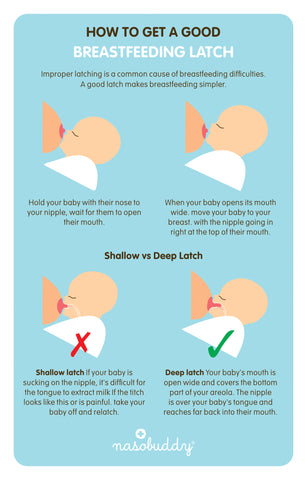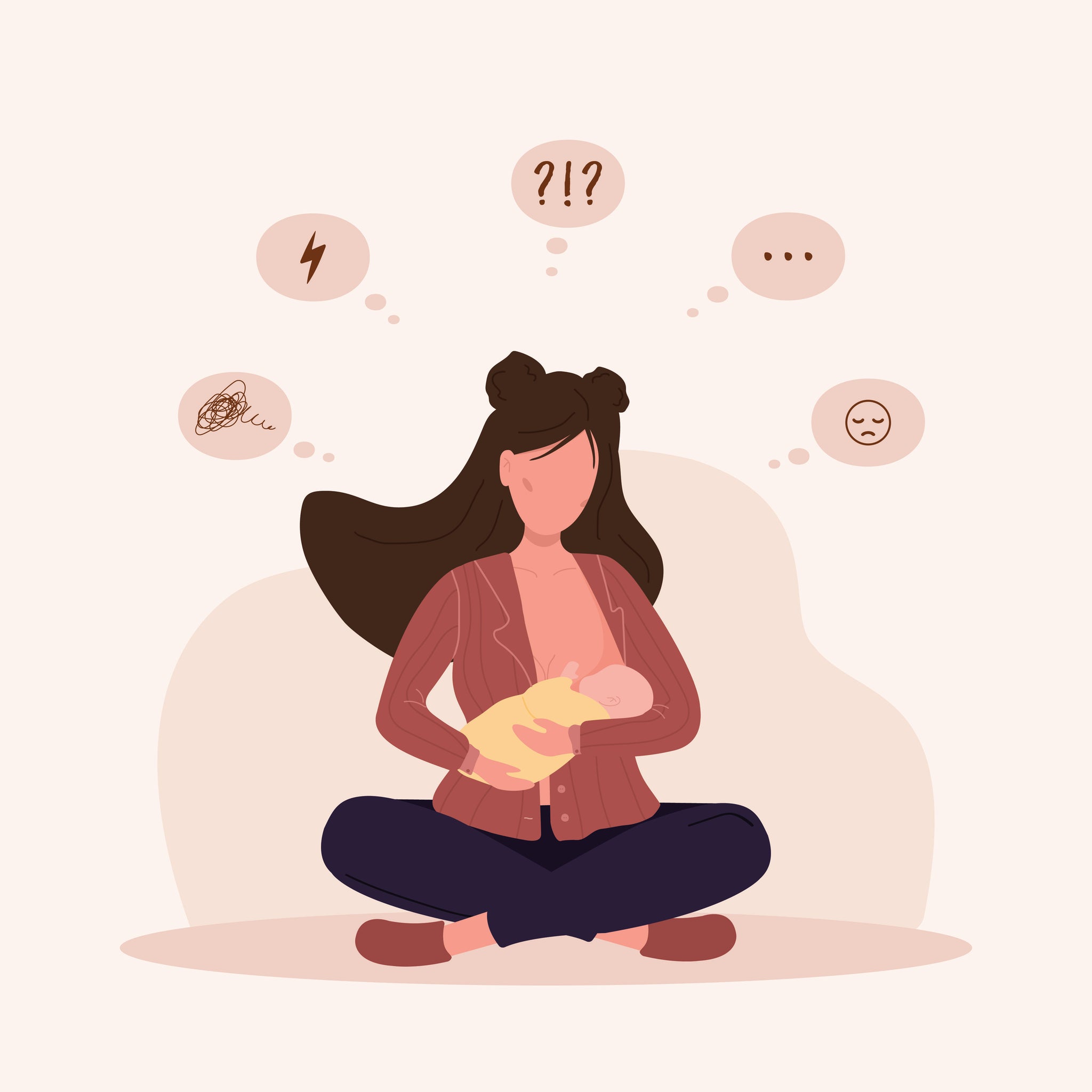The 5 Most Common Causes of Breastfeeding Pain and How to relieve Them

Breastfeeding is beneficial for both the mother and the baby. Breast milk contains many nutrients and antibodies to keep the little one healthy. Breastfeeding releases oxytocin that helps the uterus to contract and return to its size before pregnancy. It is a natural and convenient process. However, it can be painful in the first few weeks after delivery.
Most of the new moms are not aware of breastfeeding pain and discomfort. That is why there are many who stop breastfeeding their babies when they are not able to cope with the pain. Actually, new mothers should be aware of it and should understand that it is a common issue and can be solved with simple remedies. Are you a new mom or mom-to-be? If so, you should know the most common causes of breastfeeding and how to relieve them.
-
Engorgement
What it is?
Swelling of breasts that causes tenderness and pain is called engorgement of breasts. This is very common after childbirth and it is caused because of increased milk and blood flow to the breasts. Breast engorgement usually occurs after the first or second week after delivery. It can occur again anytime if you are continuing to breastfeed your little one. It may also occur if you miss out on a few feeding sessions. Engorgement of breasts is also called ‘Milk fever’ because it can cause fever. It can occur from the third to fifth-day post-delivery for moms who are not planning to breastfeed. The breasts will produce milk automatically and your breasts tend to engorge when the milk produced is not released.
What to do?
- Apply a warm compress before/after feeding will help a lot. When you use a warm compress before feeding it helps the milk to flow. When you use a warm compress after feeding it induces the production of oxytocin, a hormone responsible for assisting milk let down. You can use an all-natural Breast Therapy pack from Nasobuddy. This pack is made from undyed pure cotton and is filled with lavender-infused rice. All you have to do is microwave it for a minute. It holds warm heat at the right temperature for quite some time. This

is really helpful. - Keep on nursing or pumping frequently, at least, every two hours.
- Applying cold compression helps to decrease inflammation and pain.
- Massage your breasts lightly while feeding. If you feel lumps massage them. This will help in the free flow of milk.
- Alternate breasts while feeding to make sure that the baby empties both breasts and no milk gets accumulated.
- Clogged ducts and milk bleb
What it is?
What to do?
- Applying warm heat therapy will give relief.
- Nurse your baby. This may help to open the clogged duct.
- Massage the clog.
- Avoid wearing underwired and tight-fitting bras. Wear loose-fitting clothes.
- Over-the-counter pain relievers will help in pain relief but talk to your obstetrician before starting on pain medication.
- Don’t try to open the bleb at home. It may result in infection.
-
Sore and cracked nipples
What it is?
Sore and cracked nipples are a common issue in breastfeeding. The causes of sore nipples are poor positioning of the baby, wrong usage of a breast pump, and infection. It can be really painful that some mothers to stop breastfeeding. Don’t do it. You can get relief and breastfeeding can become comfortable again with a few simple remedies.
What to do?
-
Nipple healers from Nasobuddy are nursing cups that can be worn directly on the nipples under the nursing bra. Its custom-made round apex shape allows air to circulate around the nipple. This gives instant relief from pain. Express a few drops of breast milk into the cups and place them directly on your nipples. Keep it on in between feeding sessions and remove them while feeding. It has been proven that breast milk has healing properties. It has been proven that breast milk has healing properties. So, the breast milk that gets collected beneath the healer moisturizes and heals the nipples naturally. As it is worn over the nipples, it protects the skin from rubbing against the clothes that can aggravate the pain. You will find a marked improvement in just 48 hours. You should wear it until the sores are fully healed but you should remove it while breastfeeding. The best thing about nipple healers is you

can treat sore nipples without using nipple cream and a nipple shield. - Use a warm compress. This will soothe your breasts and give pain relief.
- Breast creams and ointments can help but they can be risky because the creams may contain chemicals. If your baby ingests them, it can be harmful to your baby.
- Nipple shields can be used but if you use them for a long time, they can reduce milk secretion. So, it is better to avoid them.
-
Improper latch
What it is?

An improper latch is one of the most common causes of breastfeeding pain. If your baby starts from the tip of the nipple and then continues to the areola, it can cause pain because there are many nerve endings in the tip of the nipples.
What to do?
- Apply a warm compress to get relief from pain.
- Proper latching technique is the permanent solution. The right latch is when the baby has a large portion of the lower areola in her mouth and the nipple is against the roof of your little one’s mouth. How to get the perfect latch?
- Hold the baby with her nose to your nipple. Then wait for your baby to open the mouth.
- When your baby opens her mouth wide, you should move her to your breast with the nipple right on top of the mouth.
- Your baby’s mouth should be wide and cover the bottom part of the areola. The nipple should be over her tongue and should reach far back into the mouth.
-
Mastitis
What it is?
Mastitis is inflammation of breast tissue. Mastitis that occurs during breastfeeding is called lactation mastitis. Sometimes, mothers may plan to wean their babies when they have mastitis as they cannot tolerate the pain. However, it is not a good decision. There are many simple remedies to treat mastitis. The symptoms are tenderness of breasts, lump in breasts, redness of the skin, fever, pain, swelling, and lump. It can be caused by a blocked duct or bacterial infection.
- Apply warm breast therapy to give pain relief.
- Consult a doctor as early as possible because if mastitis is left untreated it can cause serious consequences like pus collection in the breast. The abscess can be treated only through surgical drainage.
Nasobuddy products like Breast Therapy packs and nipple healers are very helpful to treat most breastfeeding pains.

Related posts
- How does the Nasobuddy Breast Therapy pack INCREASE MILK SUPPLY and relieve common breastfeeding problems
- Sore and Cracked Nipples in Breastfeeding Mothers

